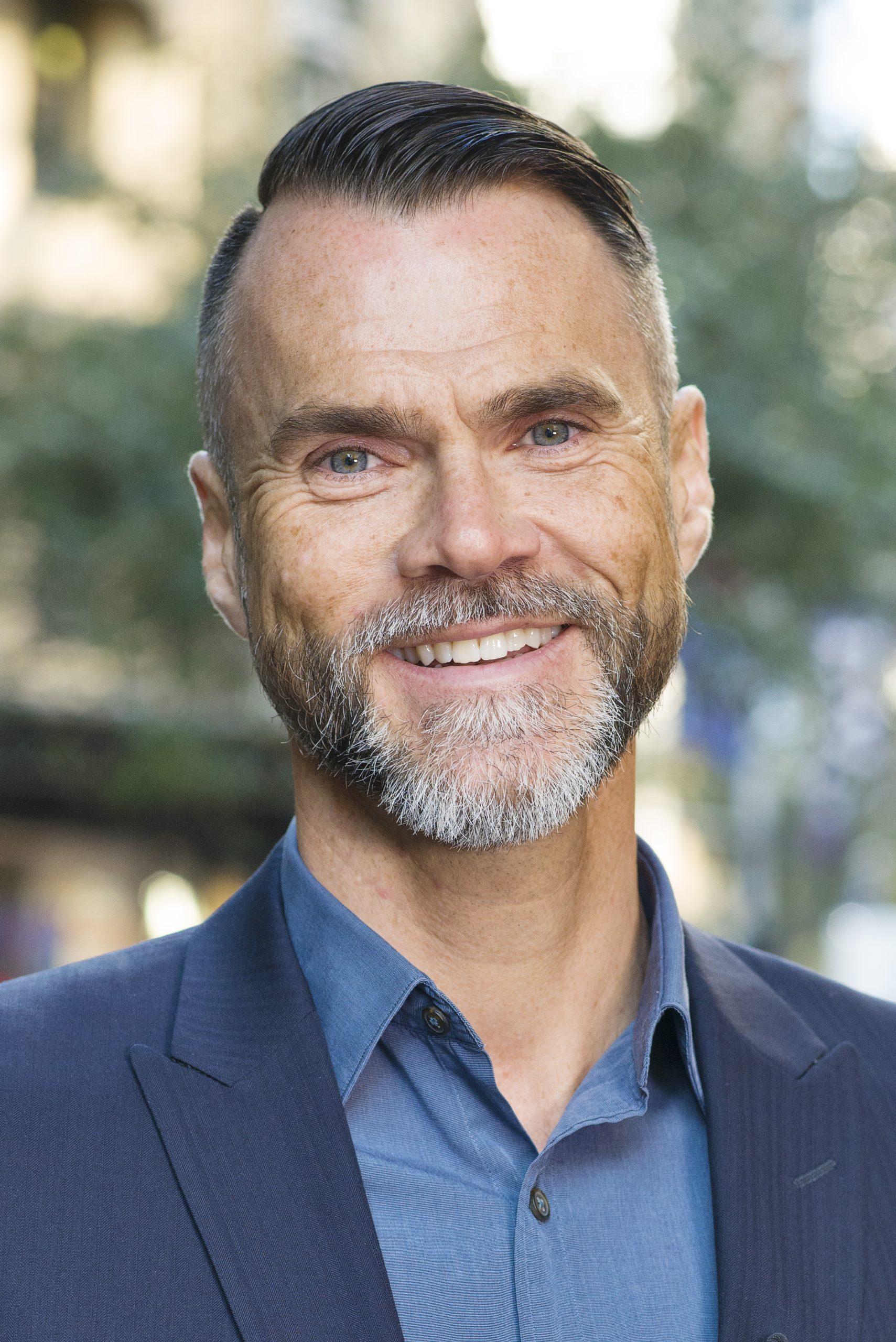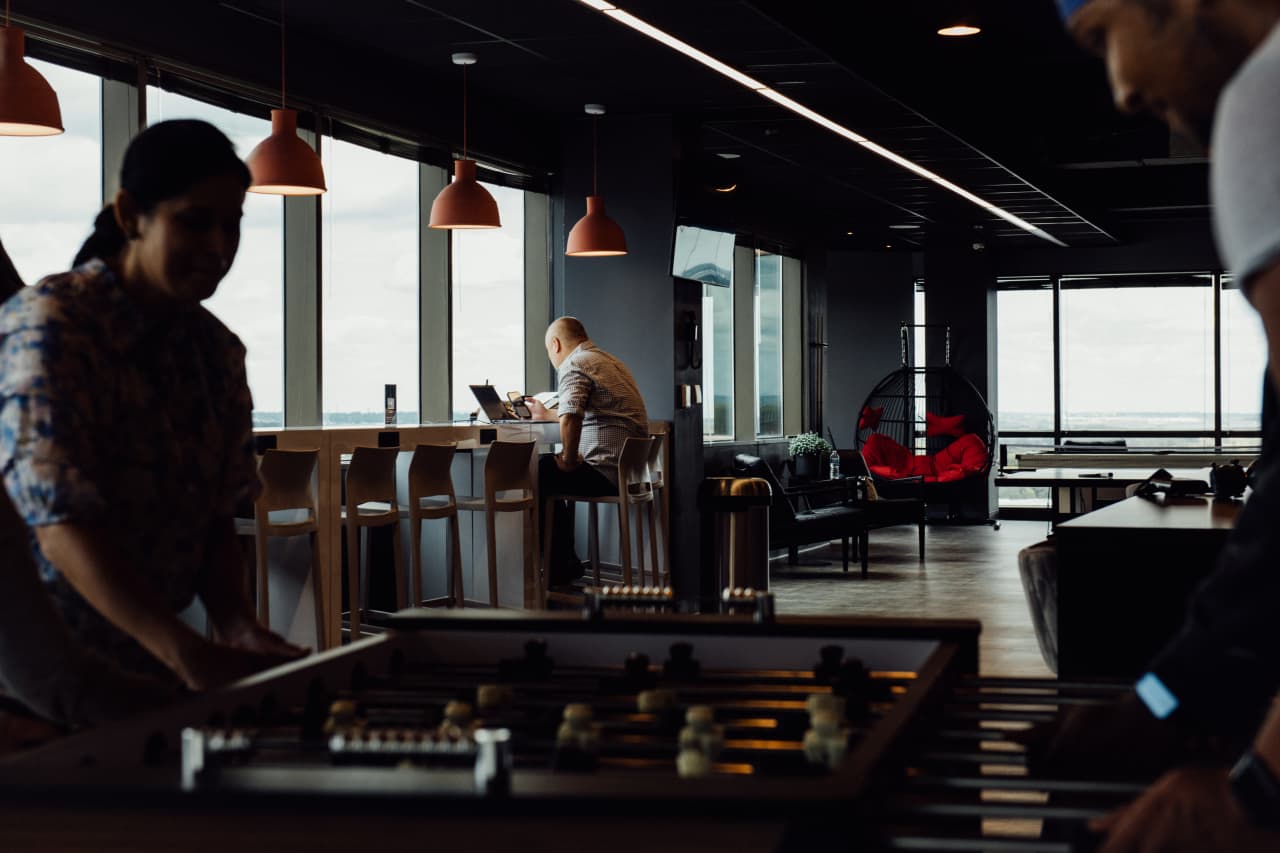Australian construction and property industries tackle modern slavery
On the international day of remembrance of victims of slavery, new research reveals the lengths Australian property and construction businesses are going to to end the scourge
Concerns about modern slavery usually focus on the garment and technology sectors but new research in Australia has focused on ways of identifying and dealing with the scourge in construction supply chains.
The Property Sector’s Modern Slavery Act Response Research Project is a joint project between Bond University, Better Sydney and Informed 365, an Australian tech company focused on monitoring compliance and supply chain transparency under the Australian Modern Slavery Act 2018.
The Act mandates annual reporting for companies with revenues of more than $100 million. The Global Slavery Index 2022 estimates that modern slavery accounts for nearly 50 million worldwide. Since the Act was introduced, company boards have been held responsible for public statements made by their companies on their abilities to assess and manage the risk of modern slavery in supply chains. The construction industry is considered to be particularly vulnerable thanks to the lack of visibility over long and complex supply chains, as well as the high demand for a low-skill labour force.
The research project, released to coincide with the International Day of Remembrance for the Victims of Slavery, was tasked with examining the Australian industry’s ability to cope with assessing and managing reports of slavery in the supply chain. It follows on from the launch of the Property Council Supplier Platform in 2019 by the Property Council of Australia and Informed 365 to provide a digital platform for the local property and construction sector to collect, compare and understand supply chain data on human rights and modern slavery.
Supply chain slavery issues are notoriously complex to identify but Property Council national policy director Francesca Muskovic said modern slavery in construction impacts millions of people in Australia and abroad and needed to be addressed at a national level.
“Our industry provides jobs for more than 1.4 million Australians – more than mining and manufacturing combined. This extensive influence places us in a unique position to address the social impacts of our activities and improve people’s lives,” Ms Muskovic said.
She said despite the challenges, the Australian construction and property industry sought to improve human rights outcomes both here and overseas.

“Our supply chains are geographically diverse, multi-tiered and complex. Understanding the human rights and modern slavery risks within them is essential in helping the industry make their supply chains more ethical and sustainable,” Ms Muskovic said.
“The property sector has forged a world-leading position on environmental sustainability, and it is pleasing to see leaders continue to step up their efforts on social sustainability.”
The research revealed that while 88 percent of suppliers to Australia’s leading construction and property firms understand what modern slavery is and 44 percent reported they had processes in place if a human rights incident or modern slavery was identified, smaller firms were less prepared.
“Many smaller firms were not aware of supply chain issues due to a lack of engagement, resources or audits, so there were mixed results in terms of supply chain mapping and risk assessment,” said Robin Mellon, CEO of Better Sydney, Board member for the UN Global Compact Network Australia, and Project Manager for the Property Council’s Human Rights and Modern Slavery Working Group.

“The report found 56 percent of suppliers who assessed their supply chains beyond their own immediate suppliers found some human rights issues or concerns, showing how important it is to investigate all levels of supply chains.”
Designed to better understand the challenges, strengths and opportunities for the property sector to improve its response to slavery, the research is part of Australia’s ongoing contribution to eradicating it worldwide.
Mr Mellon said access to resource materials are key to helping property and construction businesses stay informed.
“There are now excellent learning materials available through the Property Council, the UN Global Compact Network Australia, and anti-slavery organisations to help engage, educate and support suppliers towards continuous improvement,” he said.
This stylish family home combines a classic palette and finishes with a flexible floorplan
Just 55 minutes from Sydney, make this your creative getaway located in the majestic Hawkesbury region.
A Sydney site with a questionable past is reborn as a luxe residential environment ideal for indulging in dining out
Long-term Sydney residents always had handful of not-so-glamourous nicknames for the building on the corner of Cleveland and Baptist Streets straddling Redfern and Surry Hills, but after a modern rebirth that’s all changed.
Once known as “Murder Mall” or “Methadone Mall”, the 1960s-built Surry Hills Shopping Centre was a magnet for colourful characters and questionable behaviour. Today, however, a $500 million facelift of the site — alongside a slow and steady gentrification of the two neighbouring suburbs — the prime corner property has been transformed into a luxury apartment complex Surry Hills Village by developer Toga Group.
The crowning feature of the 122-apartment project is the three-bedroom penthouse, fully completed and just released to market with a $7.5 million price guide.
Measuring 211sqm of internal space, with a 136sqm terrace complete with landscaping, the penthouse is the brand new brainchild of Surry Hills local Adam Haddow, director of architecture at award-winning firm SJB.
Victoria Judge, senior associate and co-interior design lead at SJB says Surry Hills Village sets a new residential benchmark for the southern end of Surry Hills.
“The residential offering is well-appointed, confident, luxe and bohemian. Smart enough to know what makes good living, and cool enough to hold its own amongst design-centric Surry Hills.”
Allan Vidor, managing director of Toga Group, adds that the penthouse is the quintessential jewel in the crown of Surry Hills Village.
“Bringing together a distinct design that draws on the beauty and vibrancy of Sydney; grand spaces and the finest finishes across a significant footprint, located only a stone’s throw away from the exciting cultural hub of Crown St and Surry Hills.”
Created to maximise views of the city skyline and parkland, the top floor apartment has a practical layout including a wide private lobby leading to the main living room, a sleek kitchen featuring Pietra Verde marble and a concealed butler’s pantry Sub-Zero Wolf appliances, full-height Aspen elm joinery panels hiding storage throughout, flamed Saville stone flooring, a powder room, and two car spaces with a personal EV.
All three bedrooms have large wardrobes and ensuites with bathrooms fittings such as freestanding baths, artisan penny tiles, emerald marble surfaces and brushed-nickel accents.
Additional features of the entertainer’s home include leather-bound joinery doors opening to a full wet bar with Sub-Zero wine fridge and Sub-Zero Wolf barbecue.
The Surry Hills Village precinct will open in stages until autumn next year and once complete, Wunderlich Lane will be home to a collection of 25 restaurants and bars plus wellness and boutique retail. The EVE Hotel Sydney will open later in 2024, offering guests an immersive experience in the precinct’s art, culture, and culinary offerings.
The Surry Hills Village penthouse on Baptist is now finished and ready to move into with marketing through Toga Group and inquiries to 1800 554 556.
This stylish family home combines a classic palette and finishes with a flexible floorplan
Just 55 minutes from Sydney, make this your creative getaway located in the majestic Hawkesbury region.























